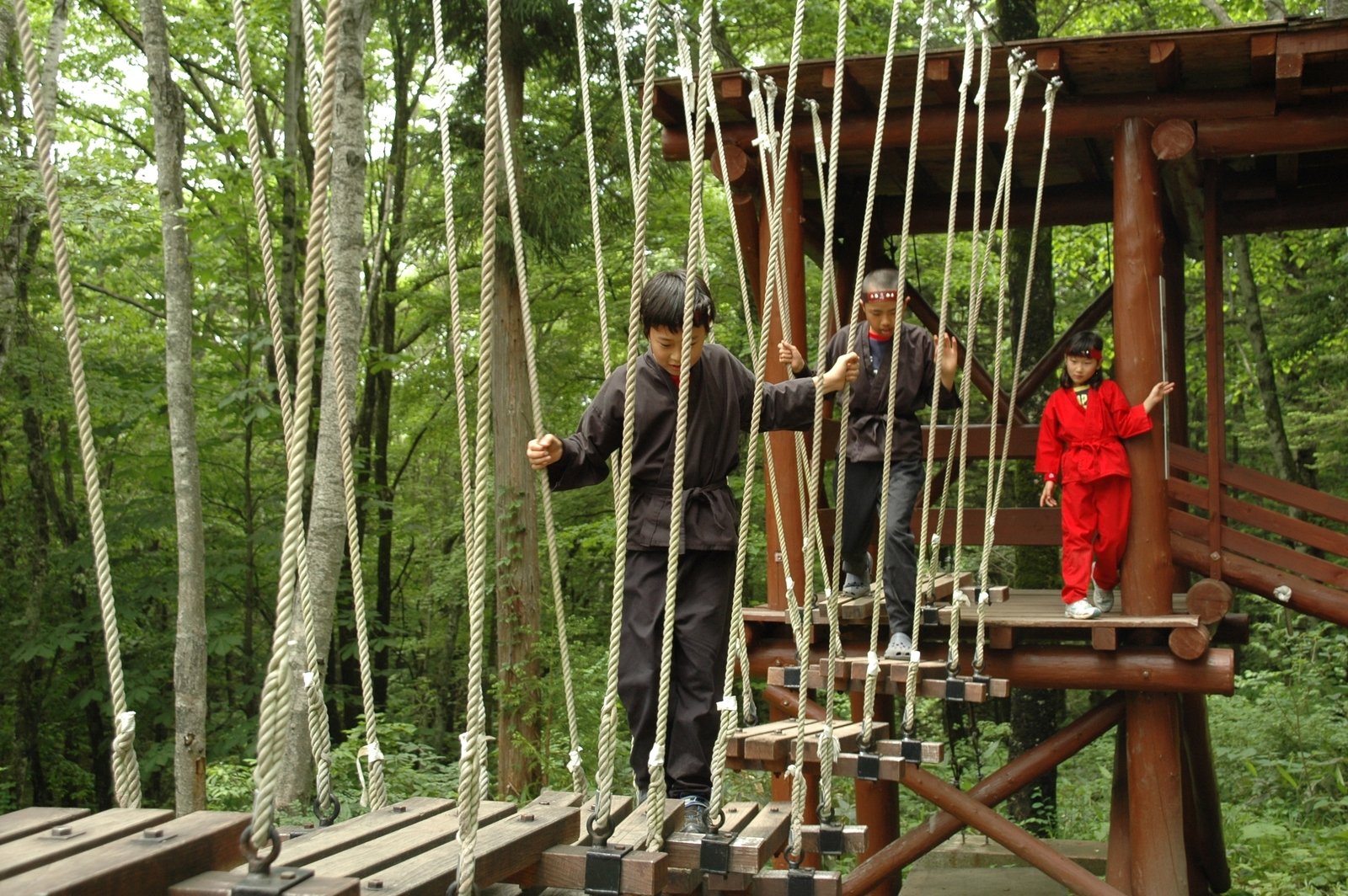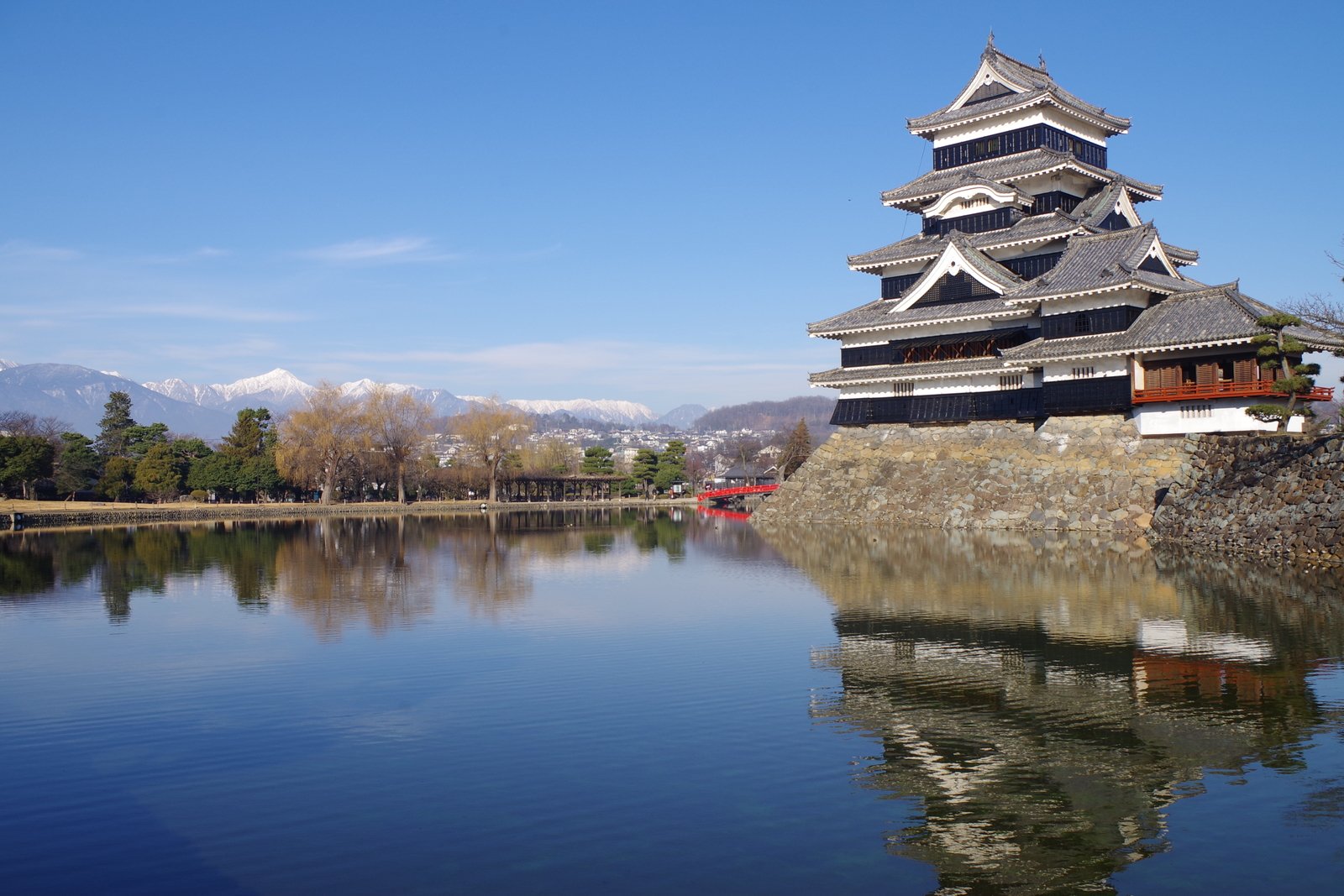Follow in the Secret Footsteps of Nagano’s Silent Ninjas
The Togakure-ryu School and other Ninjas evolved from the hermits who lived deep in Nagano’s mountains. Come explore, and experience ninjutsu in Nagano!
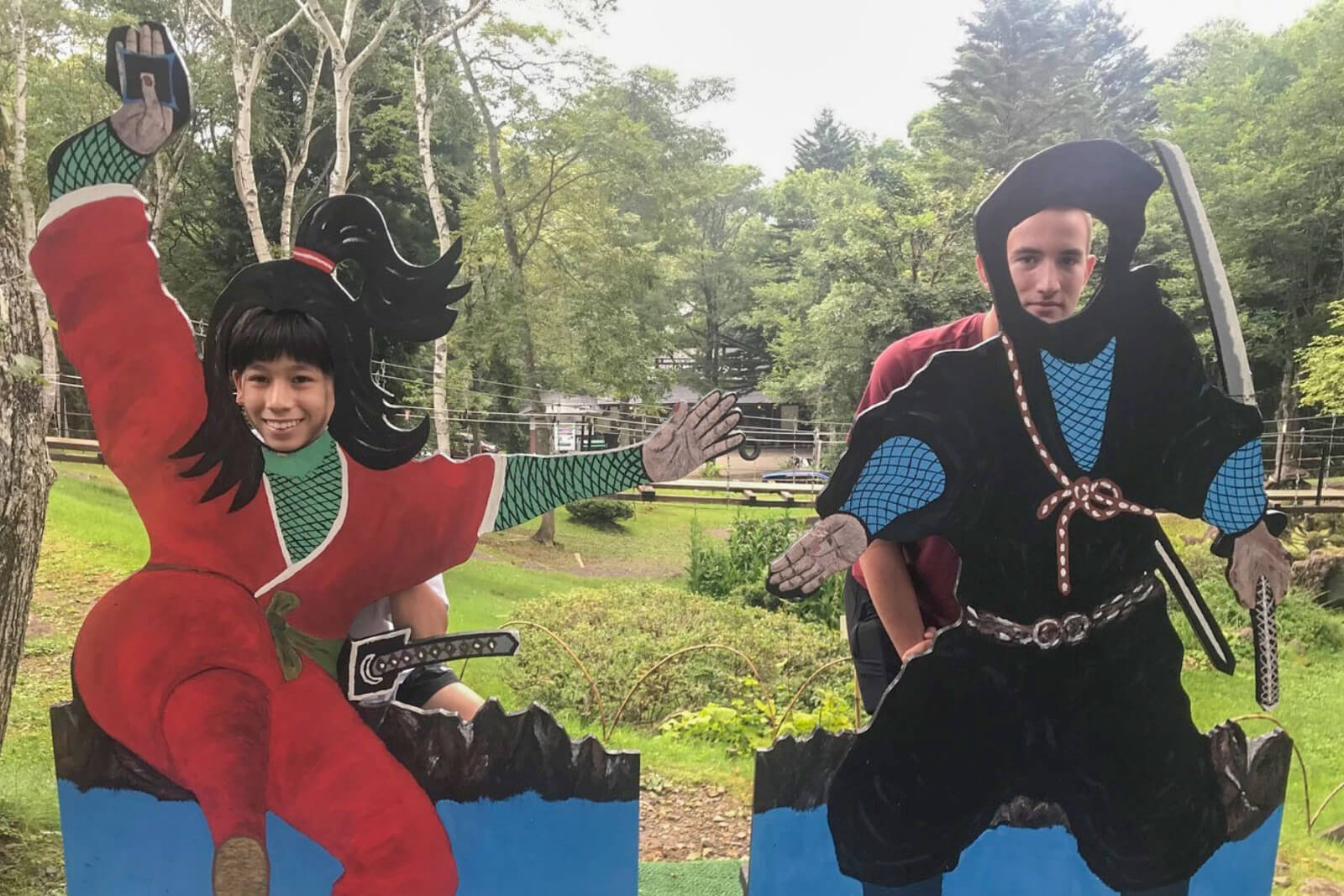
Several of Nagano’s mountains were historically home to ascetic hermits practicing ‘shugendo’, a type of mountain worship. The ‘yama-bushi’ as they are called learned how to survive and thrive in harsh living conditions, dwelling in caves high in the mountainside. They also became familiar with the flora of the wilderness, collecting wild herbs as a source of income. This led to an understanding of which plants were poisonous and which could act as medicinal antidotes. Their athletic prowess and their knowledge of nature made them useful as spies for samurai warlords. Here are two groups of Nagano-based ninjas.
Follow in the Secret Footsteps of Nagano’s Silent Ninjas
Sanada Ninjas (Sarutobi Sasuke)
The powerful samurai warlord Yukimura Sanada (1567-1615) built the formidable Ueda Castle and is famous for twice repelling attacks by future shogun Ieyasu Tokugawa. The family crest of the Sanada clan is two rows of three coins, symbolizing the price to be payed to the boatman when crossing the river to the afterlife. (When going into battle with the six coin flag, they announced to their enemies their prepardness to die.) According to popular belief, Yukimura had the “Sanada Juyushi” aka the “10 Braves”, a ninja group that served him. Personified by Sarutobi Sasuke, a ninja with superhuman powers, the 10 Braves were no doubt one of the reasons for Yukimura’s success on the battlefield.
Today, you can tour the partially reconstructed Ueda Castle and see the ingenuity of Yukimura’s fortress-building technique. The water well inside the main ground is rumored to be connected by a secret tunnel to a temple outside the walls, perhaps for the 10 Braves to sneak in and out of the castle in case of a siege.
Nearby the castle is the Ikenami Shotaro Museum, dedicated to the author’s writings on the Sanada clan. The museum features a Nin-Nin Hall with automated figurines of the Sanada Ninjas.
15 kilometers northeast of central Ueda City where the castle and museum are located is the Kakuma Gorge. Legend has it that Sarutobi Sasuke trained to become a ninja in this picturesque ravine with its steep cliffs and unusual rock formations including the eponymous Sarutobi Bouilders.
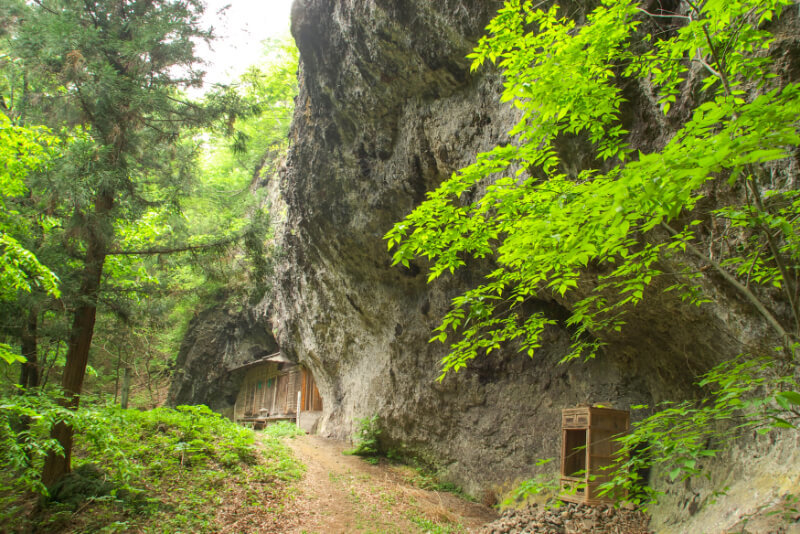
When Yukimura and his 10 Braves needed some rest and relaxation, their onsen of choice was Bessho Onsen located 11 kilometers southwest of central Ueda City. Ishi-Yu is a classic public bath house where you, too, can soak in the hot spring mineral waters much like Sarutobi Sasuke and the other Sanada ninjas used to do.
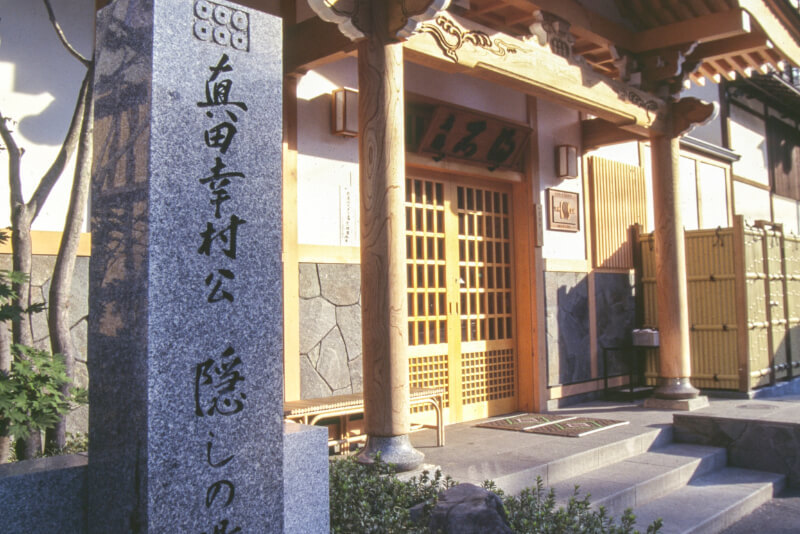
Togakushi, Ancient Home of the Togakure-ryu School of Ninjutsu
Several generations after Yukimura, the Sanada clan moved to the Matsushiro district of Nagano City. The Tokugawa Shogunate needed people to secretly keep an eye on the powerful clan, so they turned to the ascetic monks of Togakushi, deep in the mountains high above central Nagano City. This is rumored to be the start of the Togakure-ryu school of ninjutsu, which along with Koka and Iga is one of the top 3 ninja schools. The current master of Togakure-ryu, Hasumi-sensei, continues the traditions from his dojo in Chiba Prefecture.
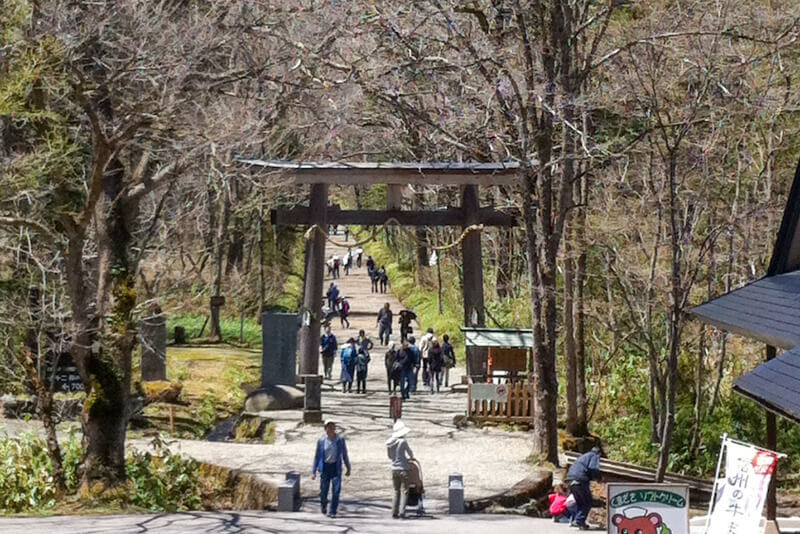
At Togakushi are 2 ninja-related places, the Kids Ninja Village near Chu-sha, the Middle Shrine, and the Ninja Center near the entrance to Oku-sha, the Inner Shrine. Both have obstacle courses to test your ninja athletic techniques, museums displaying the various tools ninjas use, shuriken throwing ranges, and ninja fun houses where you try to make your way through trying to find the secret doors. The Kids Ninja Village is more geared towards younger children, who can rent a costume and dress up as a ninja of the color of their choice. The Kids Ninja Village also runs a souvenir shop near the entrance to Zenkoji Temple down in central Nagano City.
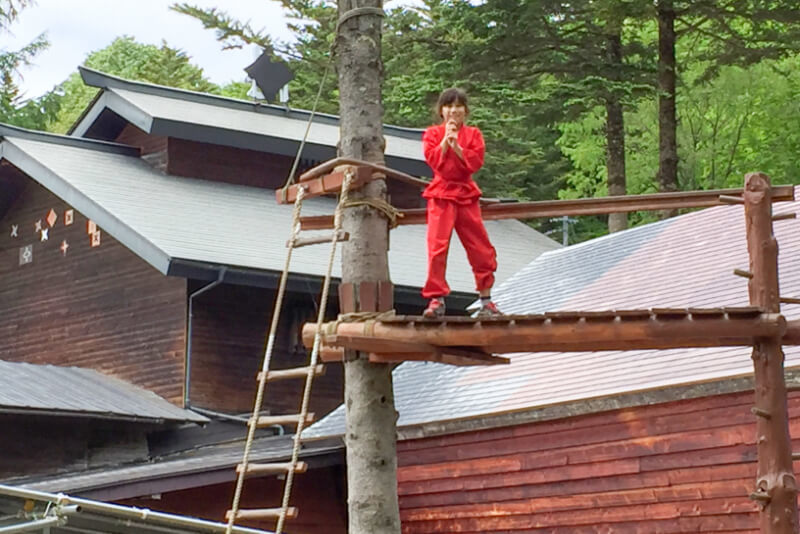
Togakushi is also synonymous with buckwheat soba noodles, and the owner of the Yamaguchi-ya soba shop is one of the practitioners carrying on the Togakure-ryu ninjutsu tradition. Ninjas don’t walk around wearing the Hollywood-version black clothes and a hood. Instead, they blend in with local people such as farmers, monks or … soba noodle makers. And they use the tools at hand as weapons, such as a scythe, fire irons or … a buckwheat flour rolling pin.
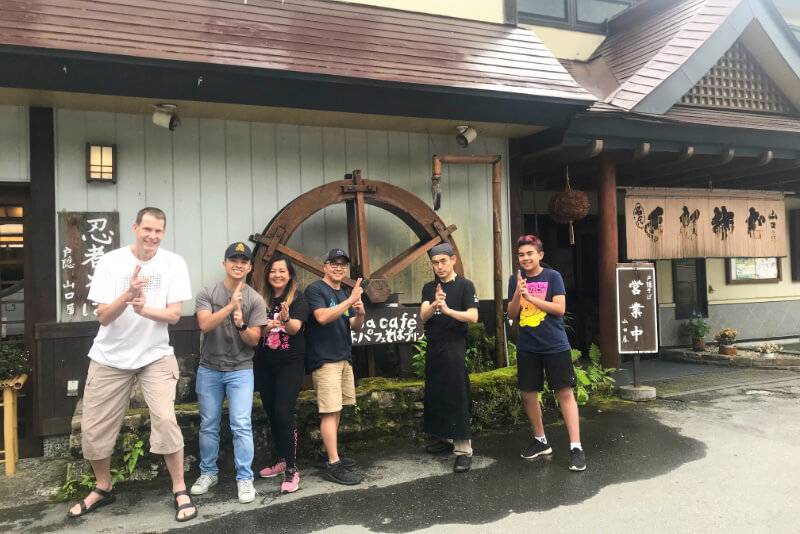
The Togakushi Forest Reserve is a treasure-trove of wild plants and herbs. The Togakure-ryu ninjas used the monk’s hood plant to make poison to rub on the tips of the shuriken throwing stars. Conversely, the Allium victorialis plant aka ‘alpine leek’ or ‘victory onion’ is what the hermits – and ninjas – used to sustain their stamina in the wilderness.
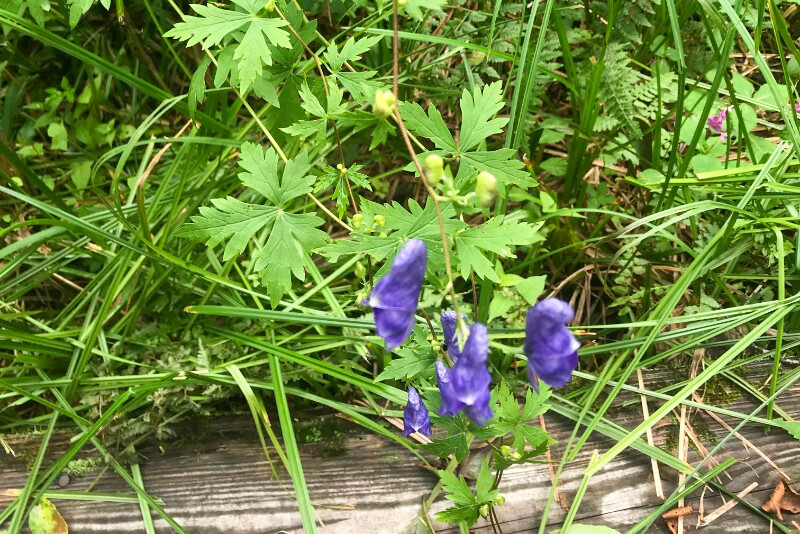
The Sanada and Togakushi ninjas await your visit.

